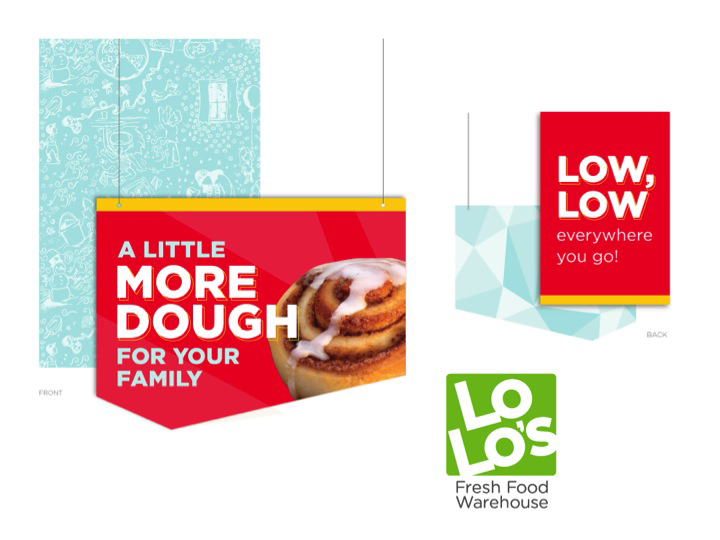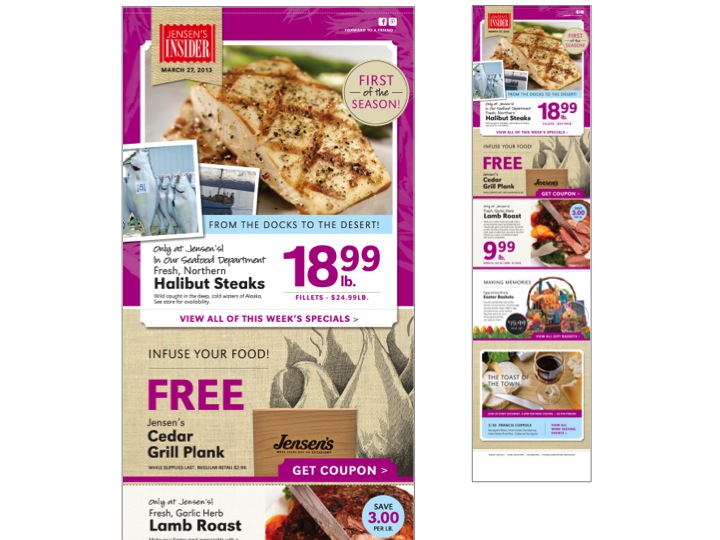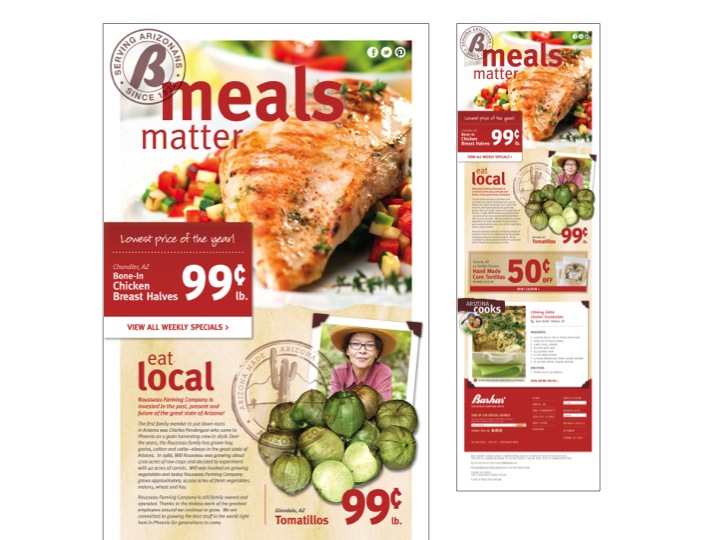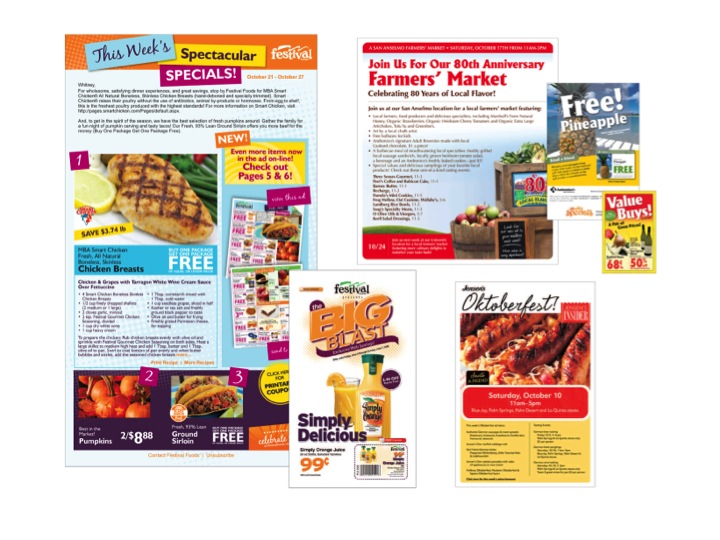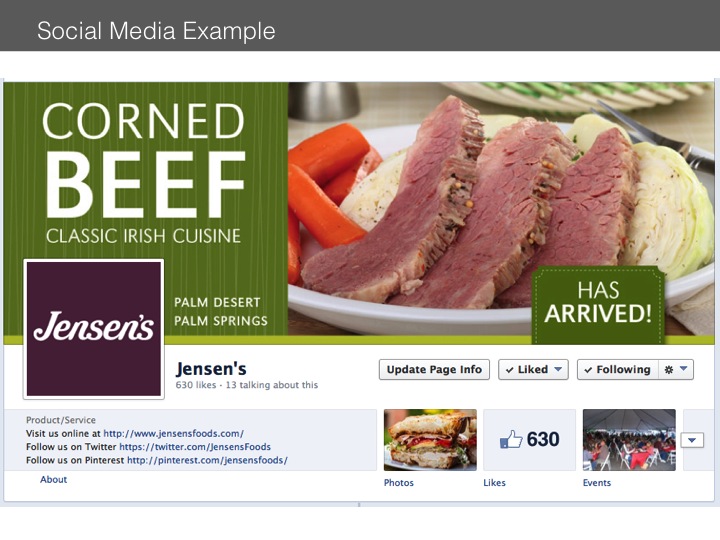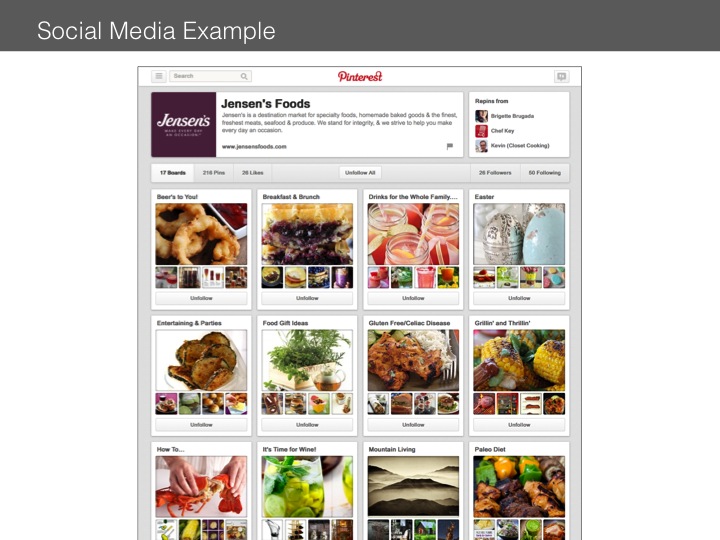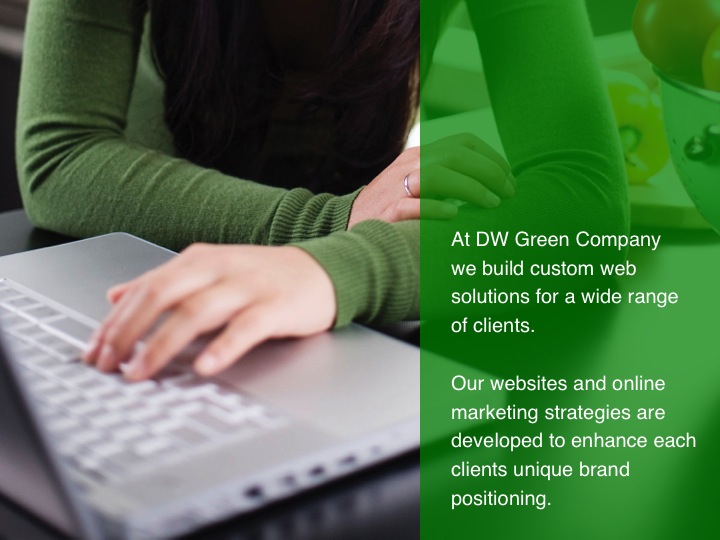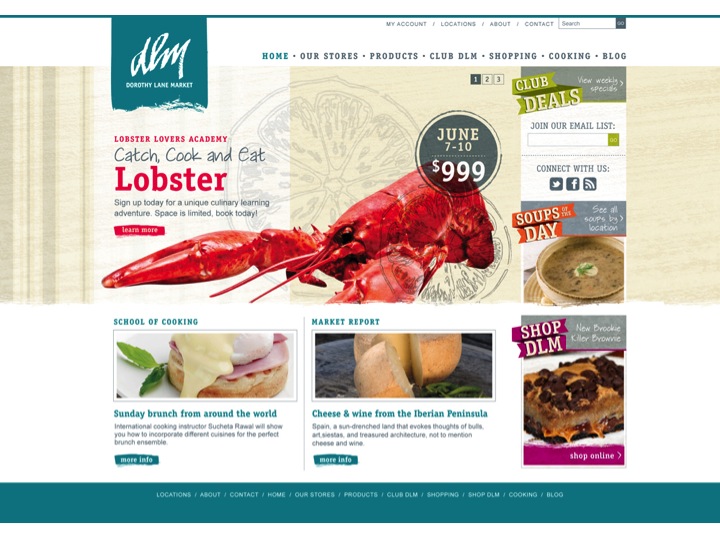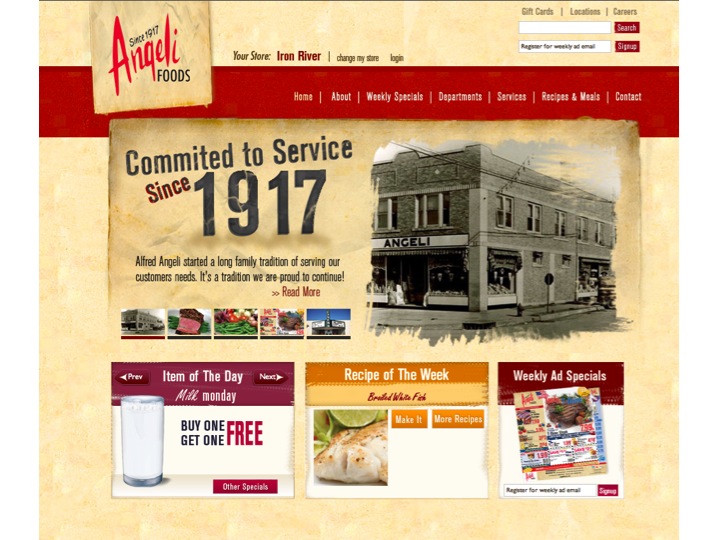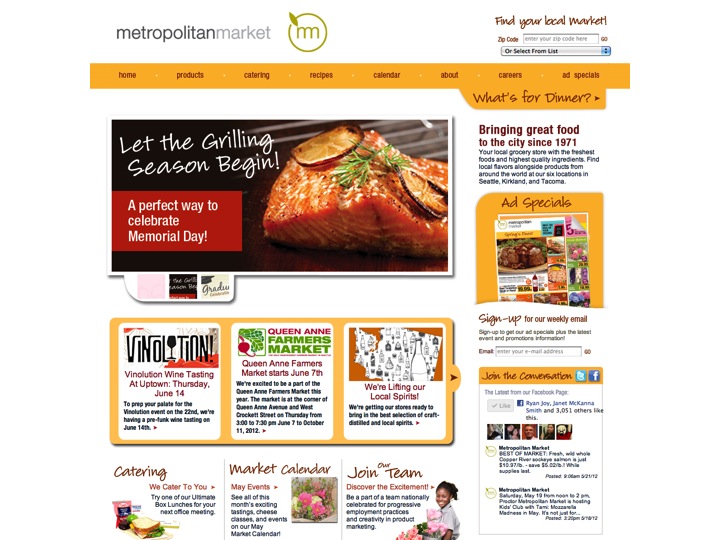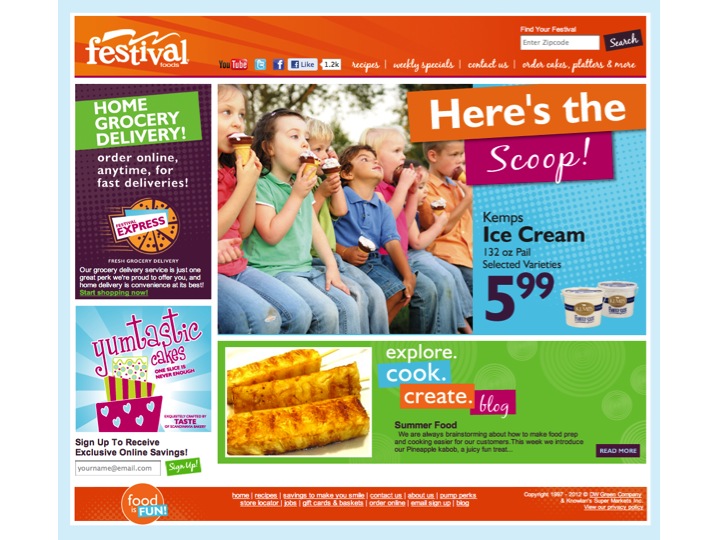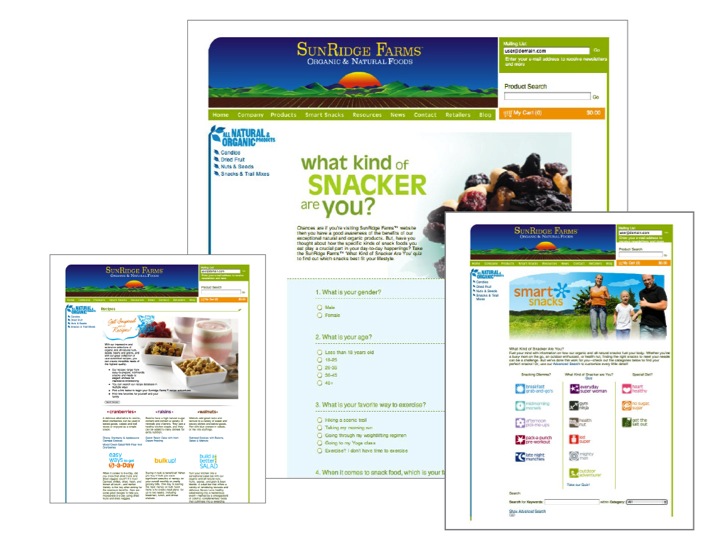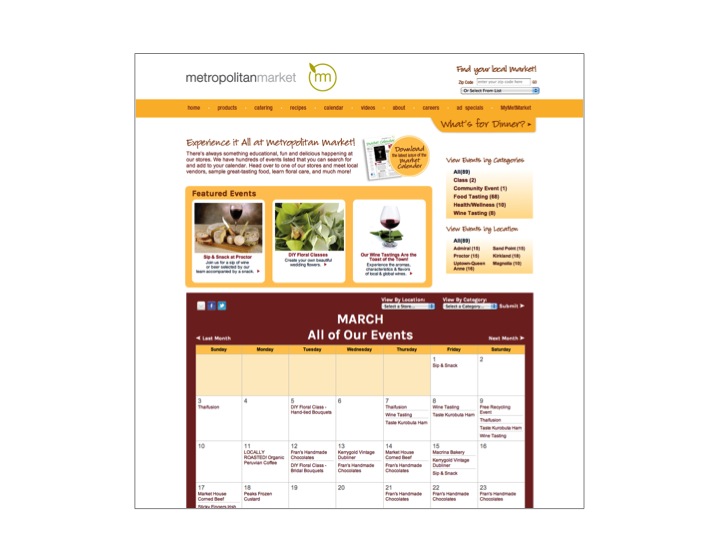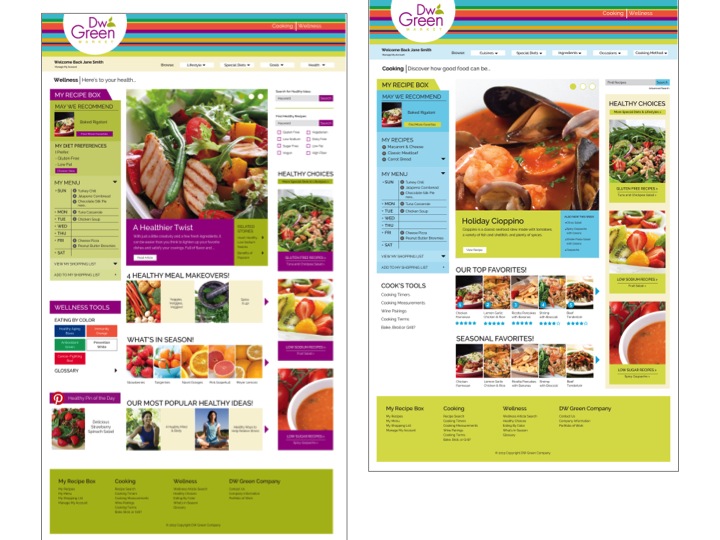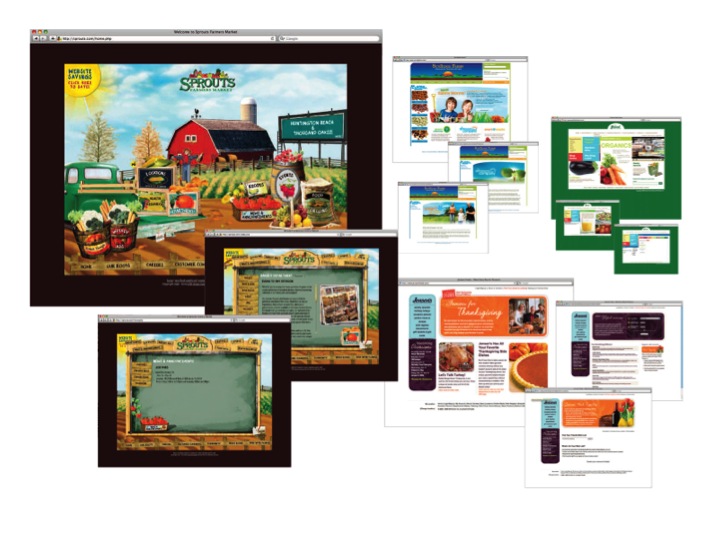Company News
Auditing Your Website
by webmaster — March 4, 2010
Take a look at your website. Is it the best it can be? Sometimes it’s easy to spot the deficiencies that are preventing a website from performing at optimum levels; other times, a little investigating is required. A web audit is an invaluable tool for taking an objective look at your website’s performance. At DW Green Company, we use the audit outlined below to assess the effectiveness of our clients’ websites in five key areas of performance: User Experience and Search Engine Optimization; Content; “Clickability”; Traffic; and Credibility. However, even the most thorough web audit might need a professional touch to achieve maximum impact. This is where an SEO consultant comes in. An SEO consultant specializes in search engine optimisation strategies, providing insights and recommendations to enhance your website’s visibility and ranking on search engines. By integrating their expertise into your audit results, you can refine your approach and implement targeted improvements that drive better results and elevate your website’s performance.If you’re aiming to elevate your website’s performance, collaborating with a digital marketing agency can be a game-changer. A skilled SEO agency, for instance, can offer in-depth insights and strategies tailored to enhance each aspect of your web audit. By focusing on areas such as user experien...read moreHow To Manage And Consolidate Your Printing Costs
by webmaster — February 24, 2010
For those of you who attend NGA each year, there’s a chance you heard me speak in workshops in 2003, 2004 and 2006 about the same topic: namely, what is the future of the printed ads in supermarkets? If you are going to depend on print advertising to deliver your marketing messages, you best have an outstanding printed piece that attracts new customers.Printing Costs
The entire commercial printing industry is upside down. We’ve seen recent bankruptcies of American Color, Vertis and World Color. Many mid-sized printers have closed. Printing costs have dropped dramatically for new customers. If you’ve been a customer of a printer for some time, however, chances are you’re not seeing price declines.
Many mid-sized printers have closed. Printing costs have dropped dramatically for new customers. If you’ve been a customer of a printer for some time, however, chances are you’re not seeing price declines.In printing, does (run) size matter?
Sure. Five years ago it wasn’t such a big deal to start and stop a press for smaller print runs. Today, the printers have to gain efficiencies to generate the margins they need with the state of the printing industry. In fact, some of our customers have reported that they’ve already heard from some smaller printers in their marketing areas that they expect to close up shop in 2010. Where do these smaller run sizes go?Is your printer “changing stripes”? Where do you source your printing?
You probably have a relationship with a printer or a print broker. Chances are, whoever that party is, they are changing stri...read moreDifferentiating Your Deli
by webmaster — February 18, 2010
Throughout your store you carry many nationally branded products sold at every one of your competitor’s stores. Do your customers prefer Hunt’s Ketchup or Heinz Ketchup? It really doesn’t matter to you which brand they buy, as long as they buy it at your store. You can’t help Hunt’s or Heinz differentiate their brands—the only way you can differentiate them is with your shelf price.It’s a different story in your deli department.When speaking with retailers about their differentiation programs, we often hear about their “branded deli” programs, and why their branded deli products are so superior to their competitors’. Unlike the ketchup example mentioned above, you are able to differentiate your branded deli products because (in most cases) your competitors don’t carry the same product lines, and your price isn’t the only attribute that can differentiate you. You need to inform your customers why your branded deli products are better.Many supermarkets feature branded deli products with Boar’s Head, Black Bear, Kretschmar, Columbus, Thumann’s, Dietz & Watson or similar branded lines. All of these companies spend fortunes developing their brands, but you need to leverage them as “your brand” in order to really differentiate your store. Hanging the branded deli signage kits from these suppliers is fine, but you need to focus on your own branding and not depend solely on their branded materials. All branded deli product lines will promote their superior quality, so how...read more2010 Creative Choice Awards
by webmaster — February 14, 2010
DW Green Company takes home two Honorable Mentions in Advertising!Honorable Mention Advertising
“How Sweet It Is”Elden’s Food Fair, Alexandria, MN
Honorable Mention Advertising
“Bird Meets Grill”Hurley’s, Grand Harbor, Grand CaymonView all of our awards...read more
Supermarket Website Tracking 101
by webmaster — February 11, 2010
How can you track visitors to your website? What are they looking at? What are they ignoring? Do they “click-through” on your email promotions? How much time should you invest in studying your website traffic? What do you do with the information once you have it?A website tracking system shows you exactly how your website is performing.A Few Things to Consider:
- If you’re currently using Google Analytics to study your website visits, you’re among the elite few who can navigate through data to get usable, practical information to manage your supermarket business. It’s free, but it’s not all that easy to use.
- If you are sending out email editions of your weekly ads or periodic “web blasts,” you absolutely need to know how many customers are opening these ads or promotions, as well as how many are acting on the offers. If you’re not offering an email option for your weekly ads and promotions, you should be. The cost is very, very close to zero and you have the ability to measure the effectiveness of your ads and promotions.
- You should assign one person in your organization to view your daily website traffic statistics and report to you any aberrations. If the number of site visits double in one day, for example, identify what caused the increase in web traffic—and continue doing it!
How much does it cost to subscribe to a website tracking system?...read more
To Blog or Not to Blog
by webmaster — January 14, 2010
“A shortened form of the word ‘weblog,’ a blog can be both cost effective and effective.”When it comes to social media and your business, a blog is one of the best choices for your online business strategy and can be a vital business tool, given that a staggering majority of the information shared around the globe today is electronic. When done well, your business blog can reach a huge audience of potential customers who care about what you have to say and can help build and enhance your company’s brand and visibility.Here are five of the many reasons why you should consider starting a business blog:- The ease of adding posts. With blogging, no technical knowledge is required; you can be yourself, relatively speaking (you still have to mind your manners in the blogosphere!). The people who read blogs are ‘real,’ so you can, and should, write from the first-person perspective, as if you’re telling each reader a story. Be helpful. Be brief. Be thoughtful.
- Building business-customer relationships via blog comments. When your readers respond to your posts, you have the opportunity to open up dialogue with current and potential customers. Blogs help strengthen business communications on a personal level, going far beyond the customer comment card.
- Increasing the value of your business. A well-kept blog helps humanize your business and enhances your products and services,
...read more
Effective Email Marketing Strategies
by webmaster — January 7, 2010
Thinking of developing an email marketing strategy, or looking to improve the one you already have?Approach email marketing like you would a good relationship.1. Understand The Law of Attraction
An email marketing strategy does not exist without subscribers, so compelling customers to signup is a necessary first step. Attract new subscribers by promoting your email program—and the benefits of subscribing to it—by using various means of communication: online, in print, or face-to-face.On Your Website: A signup link, a field for them to enter their email address, and a form in which they can fill out user preferences make it easy for customers to signup online, and forward information along to a friend.Print: Promote your email program with a direct mail piece or bag stuffer, and make subscribing to it extra-enticing by including incentives like a free gift, special coupon or contest entry.In Person: An in-store signup table or booth gives shoppers the opportunity to signup, learn more about your email program, and connect with your employees. A customer’s connection to your brand will continue to strengthen with a properly implemented email marketing strategy, and a face-to-face interaction is a great foundation to build upon.2. Don’t Come On Too Strong…
But don’t stifle your customers either. Deciding when—and how often—emails should be sent out is critical in a...read moreDigital Signage in Your Supermarket
by webmaster — December 17, 2009

There are two kinds of supermarket signage:
- Static Signage – Traditional printed-paper signs that help promote your sale items and have relatively short lifetimes.
- Digital Signage – Innovative and eye-catching digitally produced messages that offer video and animation in a dynamic way that is more appealing to the customer.
- CONTENT – Content is king. This is not a catchy slogan; it’s a fact! Before you spend money on LCD monitors and video players for your in-store digital signage program, make sure that your content is absolutely amazing and spellbinding to your customers. Don’t make the mistake of thinking that an in-store digital signage program is a place to play TV commercials. The most important thing is the user experience, and what your customers gain from watching your digital signage. It’s not about the fancy screen or th
...read more
Strategic Positioning
by DW Green — December 10, 2009
Overview

Right about now, you may be thinking, “Our stores are strategically positioned; what can this guy tell us that we don’t already know?” But it’s all in how you define strategic positioning.Strategic positioning means different things to different people. We define strategic positioning as the creation of a unique and valuable position, supported by a system of activities distinct from those of your competitors. The key words here are “unique,” “activities,” and “distinct.”Anyone can claim they’ve positioned their store....read more
Keeping Consistent
by webmaster — December 1, 2009
“You cannot expect to achieve new goals or move beyond your present circumstances unless you change.”—Les Brown“But change must always be balanced with some degree of consistency.”
—Ron D. BurtonBrand consistency must be maintained throughout all areas of an organization in order for a brand to achieve long-term success. Consistency builds credibility and consumer trust, allows for clear ownership of a brand’s differentiated positioning, and inspires a culture of development and innovation. It is essential for any organization to attain enduring strength and relevance.To remain consistent in a landscape that is notably inconsistent, flexibility is also imperative. Consumer preferences are ever evolving, market conditions are exceedingly dynamic, and the competition is always changing. Customization and creativity are crucial. The goal is to capitalize on the benefits that consistency provides while leaving some room for a brand to adapt and evolve appropriately. To do this, it is necessary to identify what specifically about a brand can—and cannot—change.This critical first step begins with a brand strategy, and the establishment of a clearly communicated, detailed set of standards and guidelines utilized to ensure uniformity in key brand elements, clear communications, continual deliverance of the brand promise, and ongoing relevance in an ever-changing marketplace.Every action, communication and decision must be intentional, evaluated according to the s...read more












